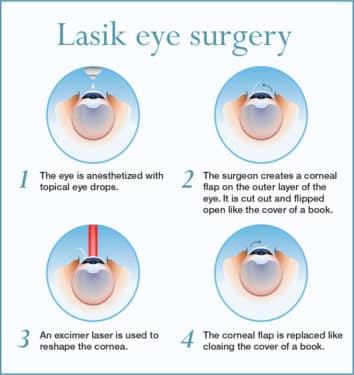Contrasting Conventional And Modern Approaches To Treating Glaucoma
Contrasting Conventional And Modern Approaches To Treating Glaucoma
Blog Article
Content By-Johannesen Vega
Did you know that the advancement of glaucoma treatment approaches covers centuries, including both typical treatments and sophisticated developments? From old organic mixtures to advanced Minimally Intrusive Glaucoma Surgical treatment methods, the range of choices is large. As you delve into the intricacies of standard versus innovative approaches, you may discover shocking insights that test conventional perspectives on treating this prevalent eye problem.
Historic Advancement of Glaucoma Treatments
The historical evolution of glaucoma treatments dates back to ancient human beings where numerous solutions were utilized to handle the problem. In old Egypt, as an example, treatments entailed a mixture of honey, fat, and sour milk applied to the eyes. The Greeks and Romans also contributed to early glaucoma therapies with a concentrate on topical applications and dietary interventions. Throughout history, varied cultures developed special approaches to relieve the signs of glaucoma, commonly rooted in natural solutions and superstitions.
As time proceeded, advancements in clinical expertise caused even more methodical methods to dealing with glaucoma. In The Center Ages, Arabic scholars made significant payments by examining the makeup of the eye and creating medical techniques to address eye conditions. These very early technologies laid the structure for modern-day glaucoma treatments that we have actually today. Understanding the historic context of glaucoma therapies gives useful insights into the continual progression and refinement of medical practices over the centuries.
Contrast of Standard Methods
In contrasting traditional methods for dealing with glaucoma, consider the historical contexts and effectiveness of different solutions.
Traditional treatments for glaucoma have advanced over centuries, from ancient techniques like making use of honey and wine to extra current advancements such as eye declines and surgical procedures. Historically, learn the facts here now like the application of leeches or organic concoctions were made use of to alleviate symptoms, but their efficiency was restricted.
As time proceeded, techniques like iridectomy, where a part of the iris is gotten rid of, ended up being prominent for decreasing intraocular stress. Some conventional approaches, like utilizing oral medications to lower eye stress, have actually stood the test of time and are still made use of today. Nevertheless, these therapies frequently include adverse effects and may not be as reliable as modern-day choices.
It's important to evaluate the historical importance of conventional glaucoma treatments against their efficiency in the context of current medical innovations.
Examination of Innovative Treatment Strategies
Considering the advancing landscape of glaucoma treatment, ingenious techniques are changing the method this eye problem is managed.
One notable improvement is minimally intrusive glaucoma surgery (MIGS), which uses a less intrusive choice to traditional surgical procedures. MIGS aims to reduce intraocular stress by improving the eye's natural drainage system, resulting in fewer issues and faster recovery times compared to traditional surgical treatments.
Additionally, the growth of sustained-release medicine shipment systems has actually given an extra efficient way to administer glaucoma drug. These systems can launch medication progressively over an extended period, boosting patient adherence and minimizing the regularity of eye declines.
Additionally, arising technologies like careful laser trabeculoplasty (SLT) offer a non-invasive alternative for lowering intraocular pressure by targeting certain cells in the eye's water drainage system.
Conclusion
As you review the evolution of glaucoma therapies, you can see exactly how typical approaches have paved the way for ingenious strategies to emerge.
From old remedies to modern-day innovations, the trip of treating this complex eye condition has resembled a rollercoaster adventure.
Yet with more resources like MIGS and sustained-release medicine shipment, the future looks brighter than ever before for clients seeking efficient and less intrusive remedies.
